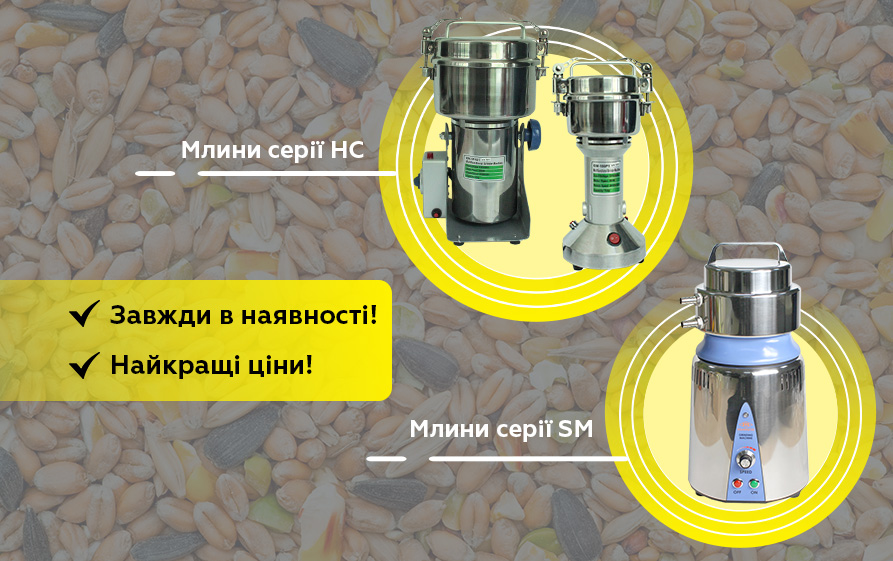The Role of Fuel Nozzles in Diesel Engines and Industrial Burners
Fuel nozzles may seem like small, simple parts, but they play a crucial role in the performance, efficiency, and safety of fuel systems across various industries. Whether in diesel engines, gas turbines, or industrial burners, the fuel nozzle controls the flow and atomization of fuel—directly impacting combustion quality and emissions.
In this blog, we’ll explore what a fuel nozzle is, how it works, its types, and why it’s essential for optimal fuel system performance.
What Is a Fuel Nozzle?
A fuel nozzle is a precision device designed to spray fuel into an engine’s combustion chamber or burner in a controlled and atomized manner. The primary goal is to break the fuel into tiny droplets, creating a fine mist that mixes thoroughly with air to support efficient combustion.
Fuel nozzles are used in many applications, including:
- Diesel engines (marine, automotive, industrial)
- Gas turbines and jet engines
- Boilers and industrial burners
- Fuel injection systems
How Does a Fuel Nozzle Work?
The fuel nozzle works by controlling both the flow rate and spray pattern of the fuel. When fuel is pumped under high pressure through the nozzle, it is forced through tiny orifices or holes. These orifices break the fuel into small droplets, forming an atomized spray.
A good spray pattern ensures:
- Even mixing of fuel and air
- Complete combustion
- Reduced emissions
- Improved fuel efficiency
The nozzle’s design—such as the size, number, and shape of the orifices—determines the spray angle and droplet size.
Types of Fuel Nozzles
Fuel nozzles come in different types to suit various fuel delivery needs:
- Pressure-Atomizing Nozzles
Use high fuel pressure to atomize fuel through small holes. Common in diesel engines. - Air-Atomizing Nozzles
Use a stream of air to help atomize the fuel, allowing better control over spray and droplet size. Typical in burners and some gas turbines. - Simple Jet Nozzles
Produce a solid or hollow cone spray. Simpler designs used in low-pressure applications. - Multi-Orifice Nozzles
Feature multiple small holes to create a fine and even spray pattern. Often found in high-performance fuel injection systems.
Why Are Fuel Nozzles Important?
- Efficient Combustion: Proper atomization improves fuel-air mixing, resulting in more complete combustion.
- Fuel Savings: Efficient combustion means less wasted fuel.
- Emission Control: Reduces soot, unburned hydrocarbons, and nitrogen oxides (NOx).
- Engine Longevity: Better combustion reduces deposits and wear on engine components.
- Safety: Prevents fuel pooling or uneven burning, which could lead to fires or explosions.
Maintenance and Troubleshooting
To ensure fuel nozzles perform optimally:
- Regular Cleaning: Prevent clogging by deposits or contaminants.
- Inspect Spray Patterns: Uneven sprays can indicate nozzle wear or blockage.
- Replace Worn Nozzles: Over time, orifices can erode, affecting spray quality.
- Use Quality Fuel: Minimizes contamination and deposits inside the nozzle.
Additional Points on Fuel Nozzles
1. Materials Used in Fuel Nozzle Manufacturing
Fuel nozzles are often made from durable, corrosion-resistant materials such as stainless steel, brass, or specialized alloys to withstand high pressures, temperatures, and corrosive fuels. Material choice affects longevity and performance.
2. Spray Patterns and Their Importance
- Solid Cone Spray: Delivers a dense spray with minimal air mixing, suitable for certain combustion chambers.
- Hollow Cone Spray: Creates a ring-shaped spray pattern, enhancing air-fuel mixing in some burners and engines.
- Flat Fan Spray: Produces a thin, fan-shaped spray for even distribution over wider areas.
Choosing the right spray pattern ensures optimal combustion efficiency based on engine or burner design.
3. Pressure and Flow Rate Considerations
Fuel nozzles are rated for specific pressure ranges and flow rates. Selecting a nozzle with improper flow can cause under-fueling or over-fueling, leading to inefficient combustion or engine damage.
4. Impact on Emission Standards
Advanced fuel nozzles help meet stringent environmental regulations by optimizing fuel atomization and combustion, reducing particulate matter and NOx emissions. This is critical in marine and industrial engines complying with IMO Tier III or EPA standards.
5. Technological Advancements in Fuel Nozzles
Recent innovations include multi-stage nozzles and variable geometry nozzles that adjust spray characteristics based on engine load and speed, further enhancing efficiency and reducing emissions.
6. Integration with Fuel Injection Systems
Fuel nozzles are a vital part of the overall fuel injection system and must be compatible with pumps, injectors, and control units to ensure synchronized fuel delivery and combustion timing.
7. Common Fuel Nozzle Problems
- Clogging: Due to dirty fuel or deposits, causing uneven spray and engine knocking.
- Wear and Erosion: Leading to enlarged orifices and poor atomization.
- Leakage: Internal or external leaks can cause fuel wastage and safety risks.
- Incorrect Spray Angle: Affects combustion efficiency and engine power output.
8. Testing and Calibration
Fuel nozzles undergo rigorous testing to measure spray patterns, flow rates, and opening pressures to ensure they meet design specifications. Regular calibration helps maintain engine performance.
9. Environmental and Safety Considerations
Properly functioning fuel nozzles reduce the risk of incomplete combustion, which can produce hazardous gases like carbon monoxide. Ensuring correct operation supports workplace safety and environmental stewardship.
Conclusion
Though often overlooked, the fuel nozzle is a key player in the fuel delivery system. Its design and condition directly affect how efficiently and cleanly fuel burns in engines and burners. Proper selection, maintenance, and operation of fuel nozzles can lead to improved performance, reduced fuel consumption, and lower emissions.
Whether you’re managing a fleet of diesel engines or running an industrial boiler, understanding your fuel nozzles is essential to keeping your operations running smoothly.













